Reynoutria japonica
Reynoutria japonica
1. The products in our compound library are selected from thousands of unique natural products; 2. It has the characteristics of diverse structure, diverse sources and wide coverage of activities; 3. Provide information on the activity of products from major journals, patents and research reports around the world, providing theoretical direction and research basis for further research and screening; 4. Free combination according to the type, source, target and disease of natural product; 5. The compound powder is placed in a covered tube and then discharged into a 10 x 10 cryostat; 6. Transport in ice pack or dry ice pack. Please store it at -20 °C as soon as possible after receiving the product, and use it as soon as possible after opening.
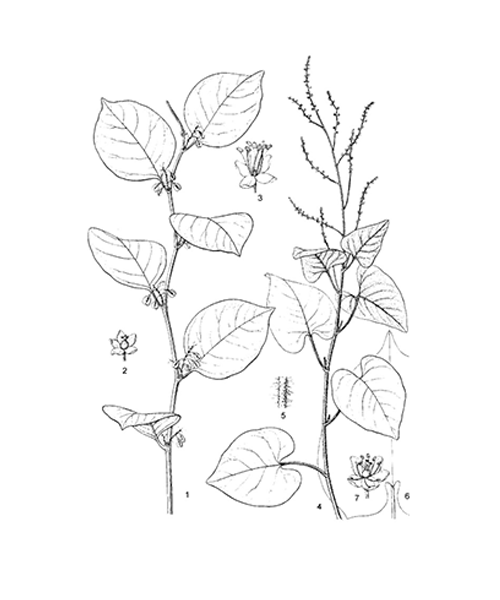
Natural products/compounds from Reynoutria japonica
- Cat.No. Product Name CAS Number COA
-
BCN6048
Dantron117-10-2
Instructions

-
BCN6200
Shikimic acid138-59-0
Instructions
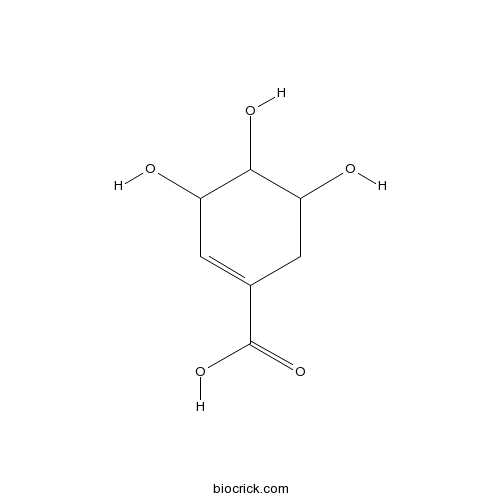
-
BCN1688
Catechin154-23-4
Instructions
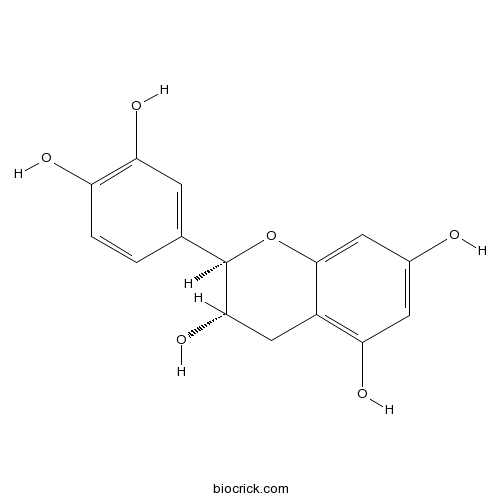
-
BCN5949
Polydatin27208-80-6
Instructions
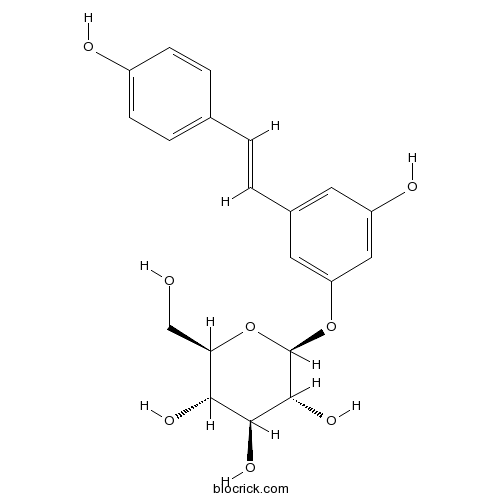
-
BCN5499
Genistein446-72-0
Instructions

-
BCN5947
Rhein478-43-3
Instructions

-
BCN5565
Aloeemodin481-72-1
Instructions
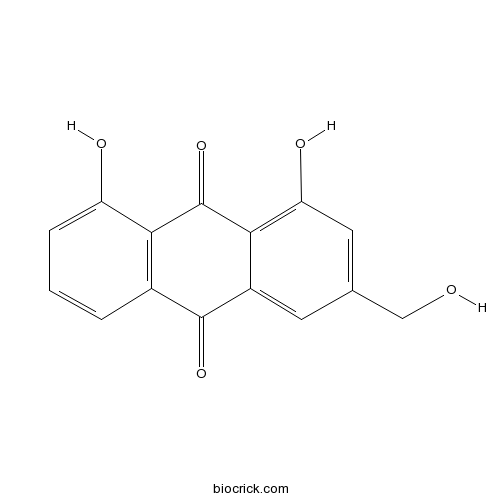
-
BCN5570
Hyperoside482-36-0
Instructions

-
BCN5607
Resveratrol501-36-0
Instructions

-
BCN5649
Emodin518-82-1
Instructions
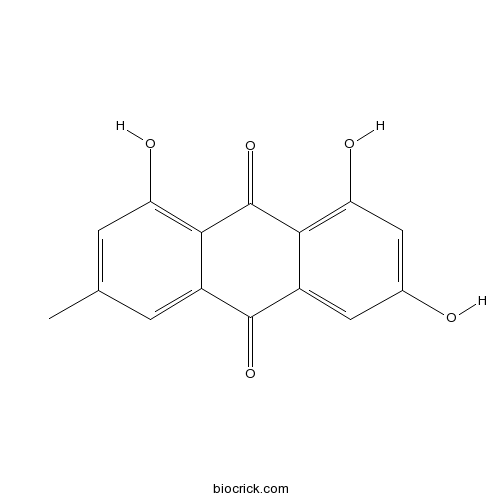
-
BCN5653
Kaempferol520-18-3
Instructions
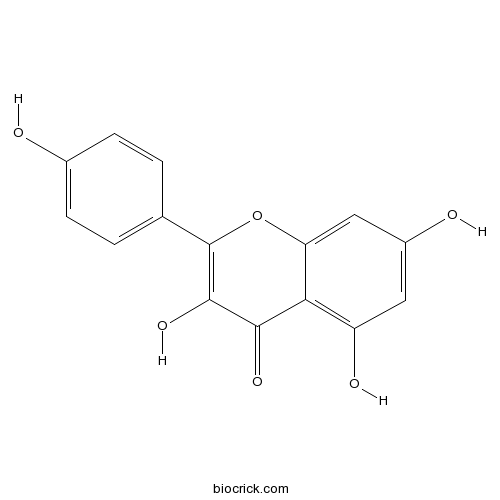
-
BCN5657
Hesperetin520-33-2
Instructions
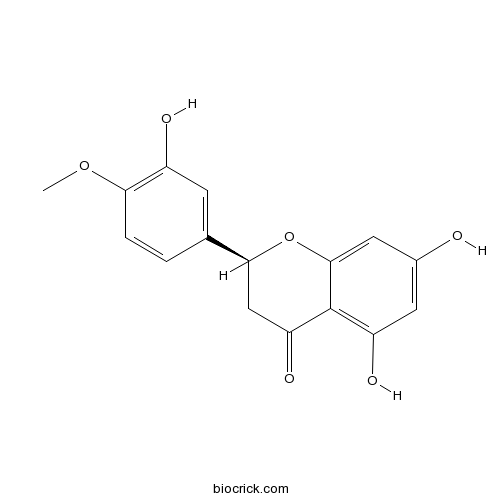
-
BCN5658
Apigenin520-36-5
Instructions

-
BCN5663
Physcion521-61-9
Instructions

-
BCN6309
Coumarin91-64-5
Instructions

Aucklandia lappa DC. extract enhances gefitinib efficacy in gefitinib-resistance secondary epidermal growth factor receptor mutations.[Pubmed: 28619365]
Aucklandia lappa DC. is a widely used medicinal plant in China, India and Pakistan for a long time. Previously, a number of different pharmacological experiments in vitro and in vivo have convincingly demonstrated the abilities of it to exhibit anticancer activities. Reynoutria japonica Houtt. has also been widely used as traditional Chinese medicinal plant. Previous studies have demonstrated that it is bioactive to exhibit anticancer activities.
Few effects of invasive plants Reynoutria japonica, Rudbeckia laciniata and Solidago gigantea on soil physical and chemical properties.[Pubmed: 27665453]
None
Anti-influenza sesquiterpene from the roots of Reynoutria japonica.[Pubmed: 24689204]
One new flavonol glycoside, 4'-O-methylmyricitrin 3'-O-beta-D-glucopyranoside (1), one new sesquiterpene, reynoudiol (11), as well as the 12 known compounds (2-10, 12-14) quercetin 3-O-methyl ether (2), quercitrin (3), isorhamnetin 3-alpha-L-rhamnopyranoside (4), tamarixetin 3-alpha-L-rhamnopyranoside (5), myricitrin (6), 4'-O-methylmyricitrin (7), isorhamnetin 3-O-beta-D-xylopyranosyl (1-2)-O-beta- D-glucopyranoside (8), isorhamnetin 3-O-beta- D-apiofuranosyl(1-2)-O-beta- D-glucopyranoside (9), (+)-catechin (10), 7-drimene-3,11,12-triol (12), clovane-2 beta,9 alpha-diol (13), and a-cadinol (14), were isolated from the methanol extract of Reynoutria japonica roots. Based on in vitro screening of the anti-influenza activity of the isolated compounds, reynoudiol showed significantly higher activity than that of oseltamivir phosphate at the same concentration, and did not induce any detectable cytopathic effect in MDCK cells. The CC50 of reynoudiol was above 50 micro M and could inhibit influenza virus infection with an IC50 of 0.29 +/- 0.01 microM. The therapeutic index (TI) of reynoudiol against influenza infection was 172.4, and thus, this compound can be potentially used to treat oseltamivir-resistant influenza virus infection.
Emodin-6-O-β-D--glucoside inhibits high-glucose-induced vascular inflammation.[Pubmed: 24114447]
Emodin-6-O-β-D-glucoside (EG), a new active compound from Reynoutria japonica, has recently been shown to exert potent anti-inflammatory and barrier protective effects in human umbilical vein endothelial cells (HUVECs) and in mice. Vascular inflammatory process has been suggested to play a key role in initiation and progression of atherosclerosis, a major complication of diabetes mellitus. Thus, we attempted to determine whether EG can suppress the vascular inflammatory process induced by high glucose (HG) in HUVECs and mice. Data showed that HG induced markedly increased vascular permeability, monocyte adhesion, expressions of CAMs, formation of ROS, and activation of NF-κB. Remarkably, all of the above-mentioned vascular inflammatory effects of HG were attenuated by pretreatment with EG. Vascular inflammatory responses induced by HG are critical events underlying development of various diabetic complications; therefore, our results suggest that EG may have significant therapeutic benefits against diabetic complications and atherosclerosis.


